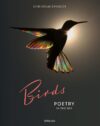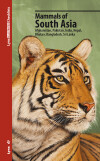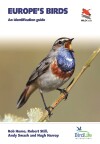For each of the last three years, we’ve been treated to a Pete Dunne book exploring a particular season. I’ve really enjoyed the series and was greatly anticipating the finale this year. But then came the bad news: it’s not going to be published. (Queue the cheesy Darth Vader “Noooooooooo!”) As disappointing as that was, though, we will still get two new books from Dunne this year.
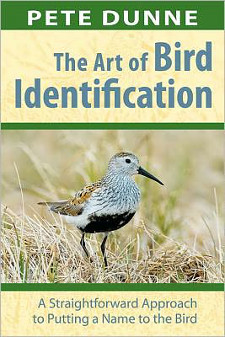 The Art of Bird Identification: A Straightforward Approach to Putting a Name to the Bird
The Art of Bird Identification: A Straightforward Approach to Putting a Name to the Bird
by Pete Dunne
From Stackpole Books:
- How to get good, then better, then even better at identifying birds in the field-and have fun doing it
- A straightforward approach from Pete Dunne, one of the country’s top birders and birding instructors, written in his distinctive style
- Includes descriptive information for 75 bird groups to help get the ID process off on the right foot
- Practical, expert advice and entertaining in-the-field examples of birding successes and common mistakes
This book is targeted at beginning birders. I’m still reading it, but it’s shaping up to be a must-have resource for those just starting out.
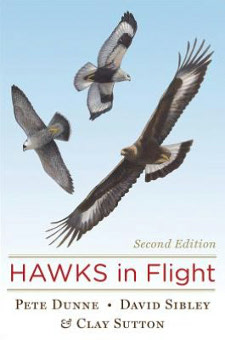 Hawks in Flight: Second Edition
Hawks in Flight: Second Edition
by Pete Dunne, David Sibley, and Clay Sutton
Also from Houghton Mifflin Harcourt:
Among the world’s most popular birds, hawks can be some of the most difficult birds to identify. They’re most often seen flying high above and at a distance.
In the first edition of Hawks in Flight, Pete Dunne, David Sibley, and Clay Sutton presented a holistic method of hawk identification, using general body shape, the way they move, and the places they are most likely to be seen.
The new edition of the book that Roger Tory Peterson called a “landmark” integrates an array of carefully selected photographs, David Sibley’s superb illustrations, and a clear, information-packed text and takes raptor identification to a higher level. This edition covers all of the raptors that breed in North America, including those with limited ranges in Florida, the Southwest, and Texas.
Picking up where its predecessor ended by including two decades of raptor identification refinement, Hawks in Flight summarizes and places in users’ hands an identification skill set that used to take years to master. The unique alchemy of Dunne, Sibley, and Sutton—including their collective experience of more than one hundred years watching hawks—make this book a singular achievement and a must-have for anyone interested in hawks.
11 new species (now covers all the birds of prey with established populations in the U.S. and Canada), drawings from David Sibley, and now-in-color photographs make this new edition a worthwhile upgrade.
The Art of Bird Identification: A Straightforward Approach to Putting a Name to the Bird
by Pete Dunne
Paperback; 144 pages
Stackpole Books; September 1, 2012
ISBN: 978-0811731966
$16.95
Hawks in Flight: Second Edition
by Pete Dunne, David Sibley, and Clay Sutton
Hardcover; 345 pages
Houghton Mifflin Harcourt; September 18, 2012
ISBN: 978-0395709597
$26.00
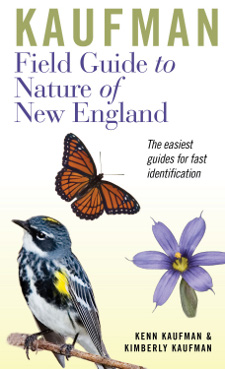 Kaufman Field Guide to Nature of New England
Kaufman Field Guide to Nature of New England

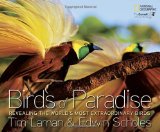 Birds of Paradise: Revealing the World’s Most Extraordinary Birds
Birds of Paradise: Revealing the World’s Most Extraordinary Birds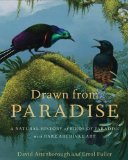 Drawn from Paradise: The Discovery, Art and Natural History of the Birds of Paradise
Drawn from Paradise: The Discovery, Art and Natural History of the Birds of Paradise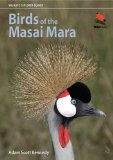 Birds of the Masai Mara
Birds of the Masai Mara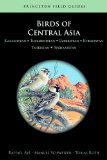 Birds of Central Asia: Kazakhstan, Turkmenistan, Uzbekistan, Kyrgyzstan, Tajikistan, Afghanistan
Birds of Central Asia: Kazakhstan, Turkmenistan, Uzbekistan, Kyrgyzstan, Tajikistan, Afghanistan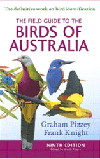 The Field Guide to the Birds of Australia, Ninth edition
The Field Guide to the Birds of Australia, Ninth edition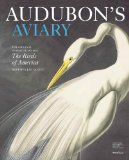 Audubon’s Aviary: The Original Watercolors for The Birds of America
Audubon’s Aviary: The Original Watercolors for The Birds of America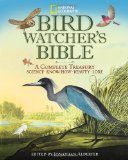 National Geographic Bird-watcher’s Bible: A Complete Treasury
National Geographic Bird-watcher’s Bible: A Complete Treasury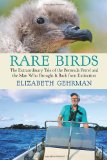 Rare Birds: The Extraordinary Tale of the Bermuda Petrel and the Man Who Brought It Back from Extinction
Rare Birds: The Extraordinary Tale of the Bermuda Petrel and the Man Who Brought It Back from Extinction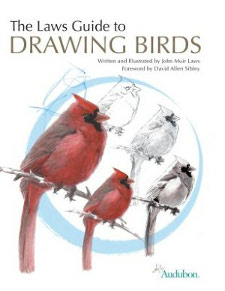 The Laws Guide to Drawing Birds
The Laws Guide to Drawing Birds The Art of Bird Identification: A Straightforward Approach to Putting a Name to the Bird
The Art of Bird Identification: A Straightforward Approach to Putting a Name to the Bird Hawks in Flight: Second Edition
Hawks in Flight: Second Edition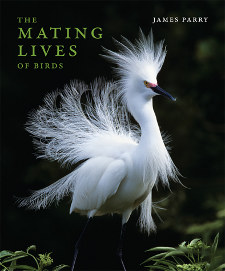 The Mating Lives of Birds
The Mating Lives of Birds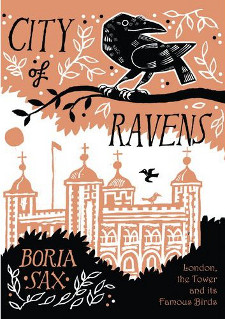 City of Ravens: The Extraordinary History of London, the Tower and its Famous Ravens
City of Ravens: The Extraordinary History of London, the Tower and its Famous Ravens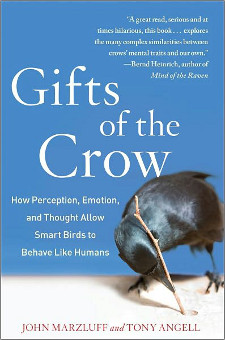 Gifts of the Crow: How Perception, Emotion, and Thought Allow Smart Birds to Behave Like Humans
Gifts of the Crow: How Perception, Emotion, and Thought Allow Smart Birds to Behave Like Humans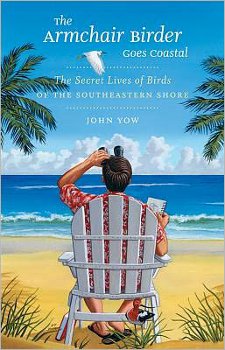 The Armchair Birder Goes Coastal: The Secret Lives of Birds of the Southeastern Shore
The Armchair Birder Goes Coastal: The Secret Lives of Birds of the Southeastern Shore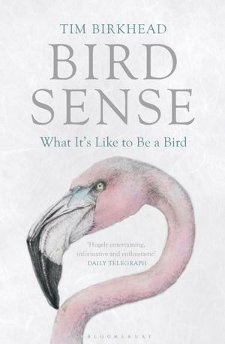 Bird Sense: What It’s Like to Be a Bird
Bird Sense: What It’s Like to Be a Bird




